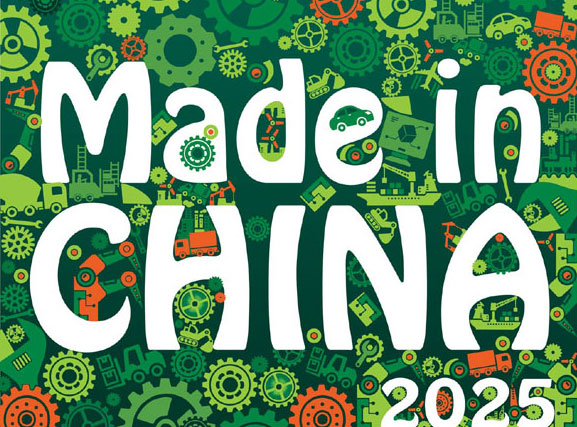Intercontinental links put on the fast track
Updated: 2015-11-27 08:30
(China Daily)
|
|||||||||||
 |
|
Premier Li Keqiang (C) sits with Serbian Prime Minister Aleksandar Vucic (L) and Latvian Prime Minister Laimdota Straujuma (R) on a CRH (China Railway High-speed) Harmony bullet train to Shanghai from Suzhou Railway Station after the Fourth Leaders' Meeting of China and Central and Eastern European countries, Nov 25, 2015. [Photo/Xinhua] |
One of China's high-speed trains picked up a group of high-profile international passengers on Wednesday, as China once again displayed its resolve to share its development with the rest of the world.
The passengers were leaders of Central and Eastern European countries who joined Premier Li Keqiang on a 25-minute ride from Suzhou, East China's Jiangsu province, to Shanghai.
Li and the leaders of the 16 CEE countries have been charting the future course for relations during their discussions in Suzhou this week, paving the way for a model of cooperation that features all-win outcomes.
As President Xi Jinping pointed out in his meeting with the visiting leaders on Thursday in Beijing, China-CEE cooperation can be fully integrated into the Belt and Road Initiative - proposed by China to better connect the country with other parts of Asia, Europe and Africa by land and by sea - and thus promote common development and prosperity.
Xi said the 16+1 framework that shores up reciprocity, win-win outcomes, and inclusiveness can be fully incorporated into the comprehensive strategic partnership between China and Europe as well.
The two sides have vowed, among many other things, to improve their connectivity, and China's updated high-speed rail technology can obviously play a key role in this.
With the world's longest and most heavily used high-speed railway network of nearly 10,000 kilometers, China is now looking to offer its best services and time-tested practice to countries around the world with its leading railway technology.
Given that the CEE countries desperately need to upgrade their infrastructure network, China is willing to impart the rich experiences it has accumulated in this area. With existing rail and air links connecting China and the CEE countries and the planned China-Europe land-sea express passage, connectivity within the 16+1 framework will be further strengthened to facilitate the flows of both goods and people.
Since the first 16+1 leaders' meeting in Warsaw in 2012, China and the CEE countries have already made great strides in their reciprocal cooperation. Considering that China's trade with CEE countries only account for about one-tenth of the overall trade between China and Europe, China and the CEE countries have great potential to contribute more to China-Europe ties and the world economic development through win-win and all-around cooperation.
Related Stories
China, Russia plan bullet train joint venture 2015-11-27 06:58
High-speed train drivers receive training in Chengdu 2015-11-26 17:20
China to train successors of intangible cultural heritage 2015-11-23 14:47
High-speed train for extremely low temperatures wins approval 2015-11-16 17:42
Today's Top News
Xi urges breakthroughs in military structural reform
Chinese play growing part in online shopping
Surviving Russian pilot says no warning from Turkey
Xi to attend Paris climate conference
Putin: Turkey's downing of jet 'stab in the back'
Russian senior military official confirms death of one Su-24 pilot
Nations to boost infrastructure ties
Turkey downs Russian fighter jet near Syria border
Hot Topics
Lunar probe , China growth forecasts, Emission rules get tougher, China seen through 'colored lens', International board,
Editor's Picks

|

|

|

|

|

|






